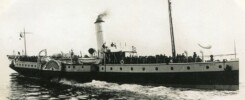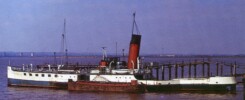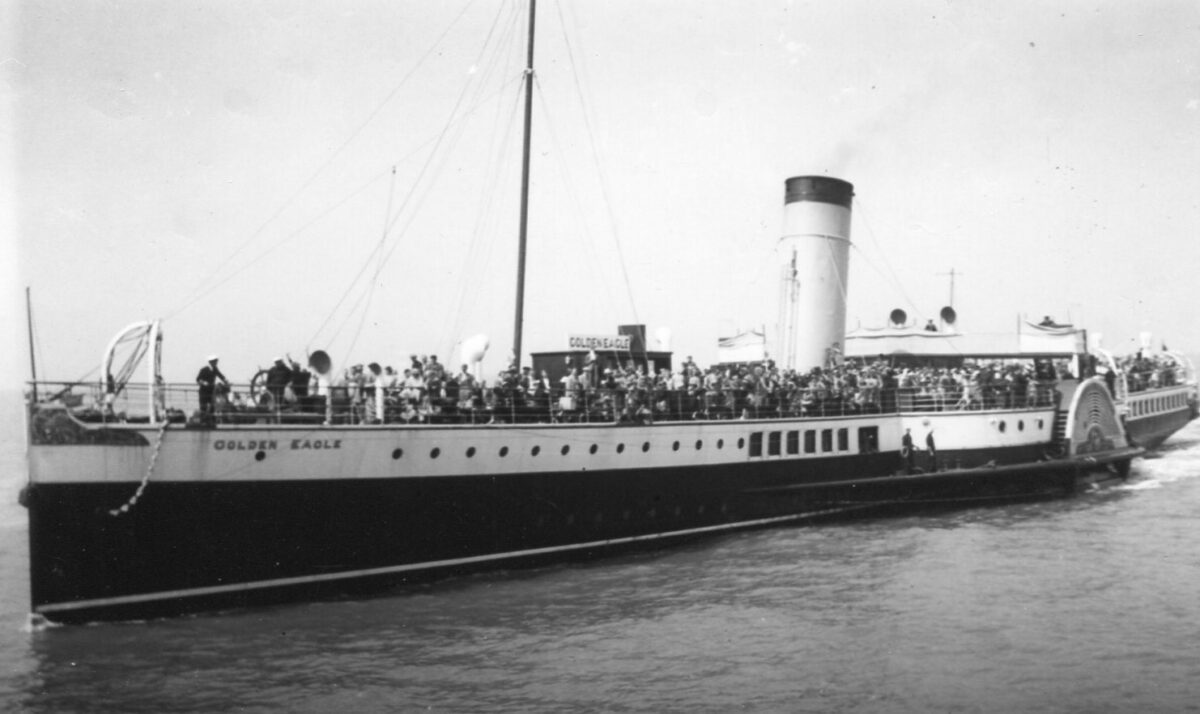
On Saturday 13th March 1915 Golden Eagle carried 569 German prisoners of war, including 9 officers, from Le Havre to Southampton following their capture during the Battle of Neuve Chapelle the previous week. This attack had raged from the Wednesday through to the Saturday and was the first attempt in the spring of 1915 of the British and French armies to try to push through the German lines and trenches after the rigours of winter. It was a success in that the town was captured but it was not followed through and like all the other subsequent battles on this front ended in stalemate.
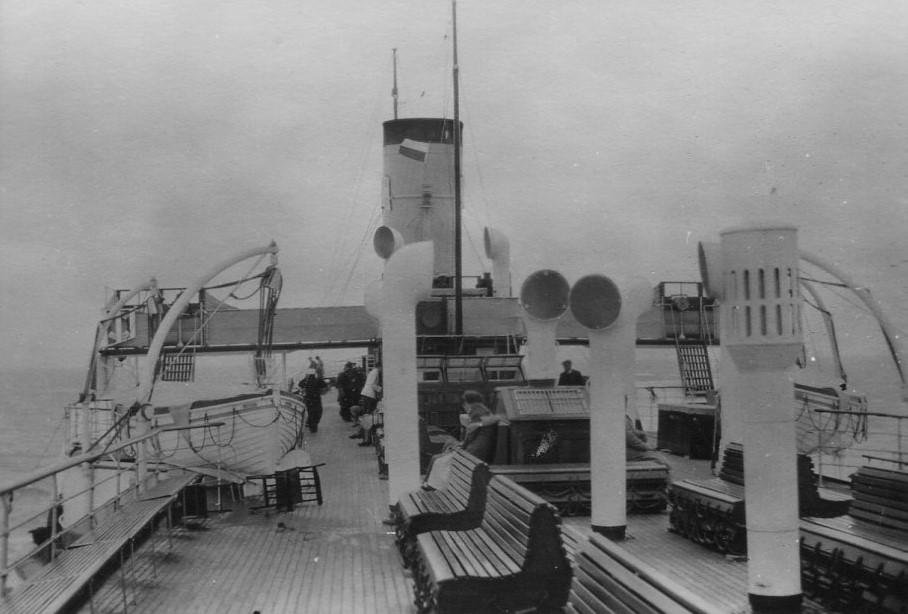
Built in 1909 for the service from London to Ramsgate, Golden Eagle was taken over by the Government in February 1915 and modified at Southampton for the transport of troops across the Channel between the UK and France. She made her first voyage in this new role on on 23rd February 1915 taking 685 troops and 12 officers from Southampton to Rouen and continued to operate on troop transport services linking Southampton, Cowes, Folkestone, Dover and Felixstowe with Le Havre, Rouen, Boulogne, Calais and Dunkerque up to 1919.
On occasions she also carried aircraft. For example on 13th August 1915 she sailed from Dover to Dunkerque with with 199 officer of the Royal Naval Air Service and six aeroplanes on her promenade deck including one which was said to have brought down the first Zeppelin.
On 31st August 1918 Golden Eagle received orders to proceed to London for conversion into a minelayer but before she could be commissioned for that the Armistice had been signed so she reverted to the carriage of troops.
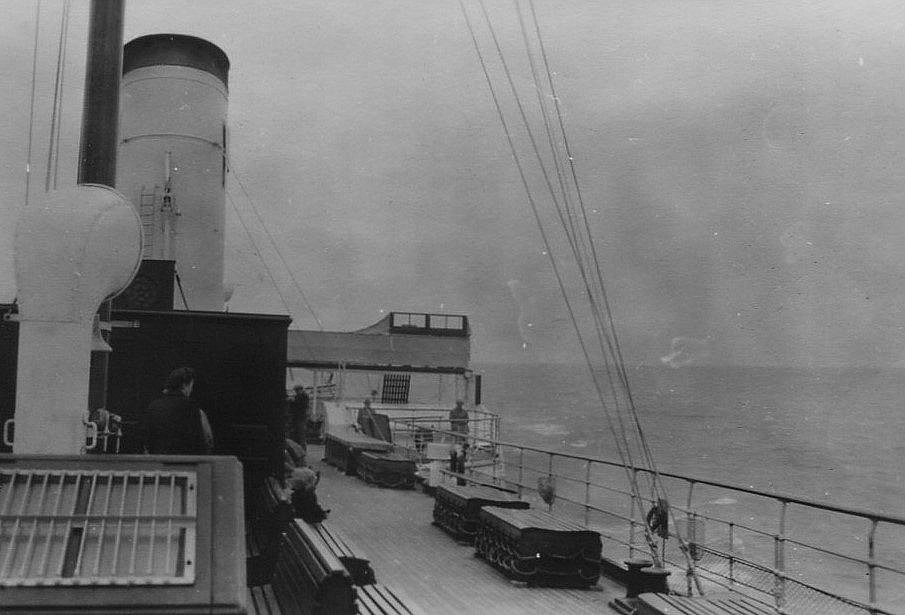
All in all she is said to have carried a total of 618,101 troops and others engaged in the conflict including 6,329 Chinamen, 6,000 American troops, 2,794 prisoners of war and 3,998 hospital patients. It was a very different passenger profile from what she had been used to but at least she was still doing what she had been built for: carrying passengers from A to B.
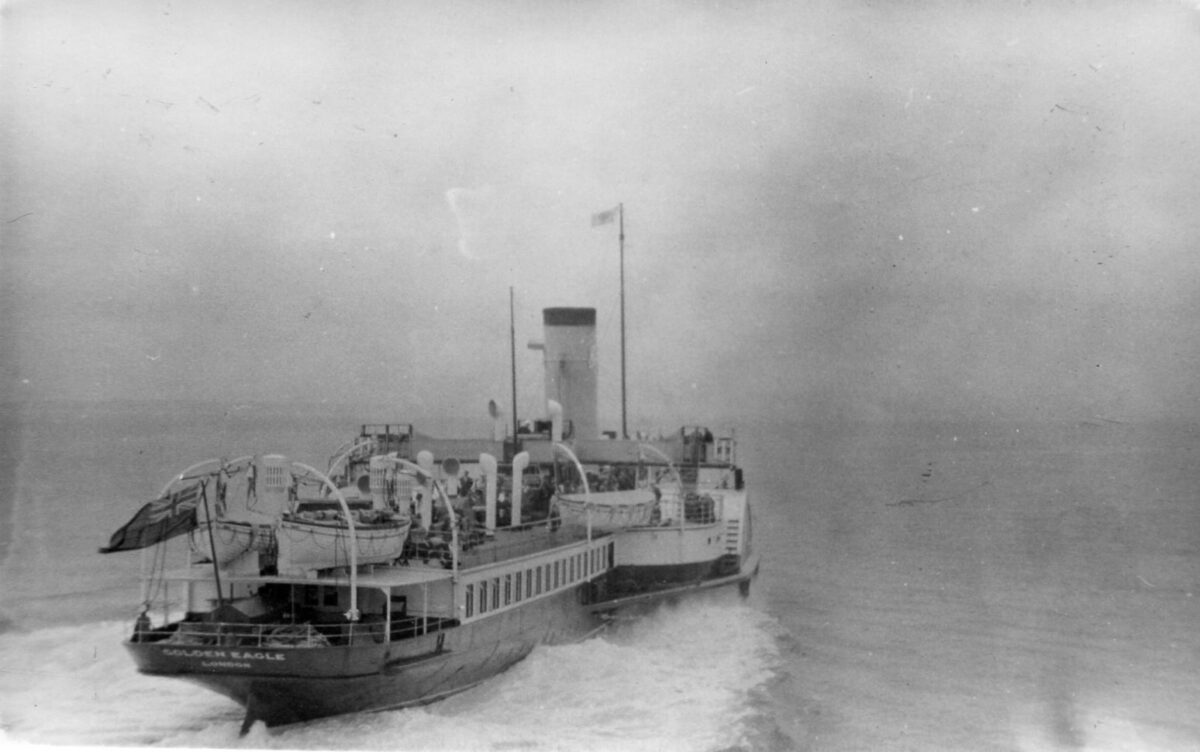
Golden Eagle was returned to her owners in November 1919 and refurbished to take up her old role once again running between London and Ramsgate.
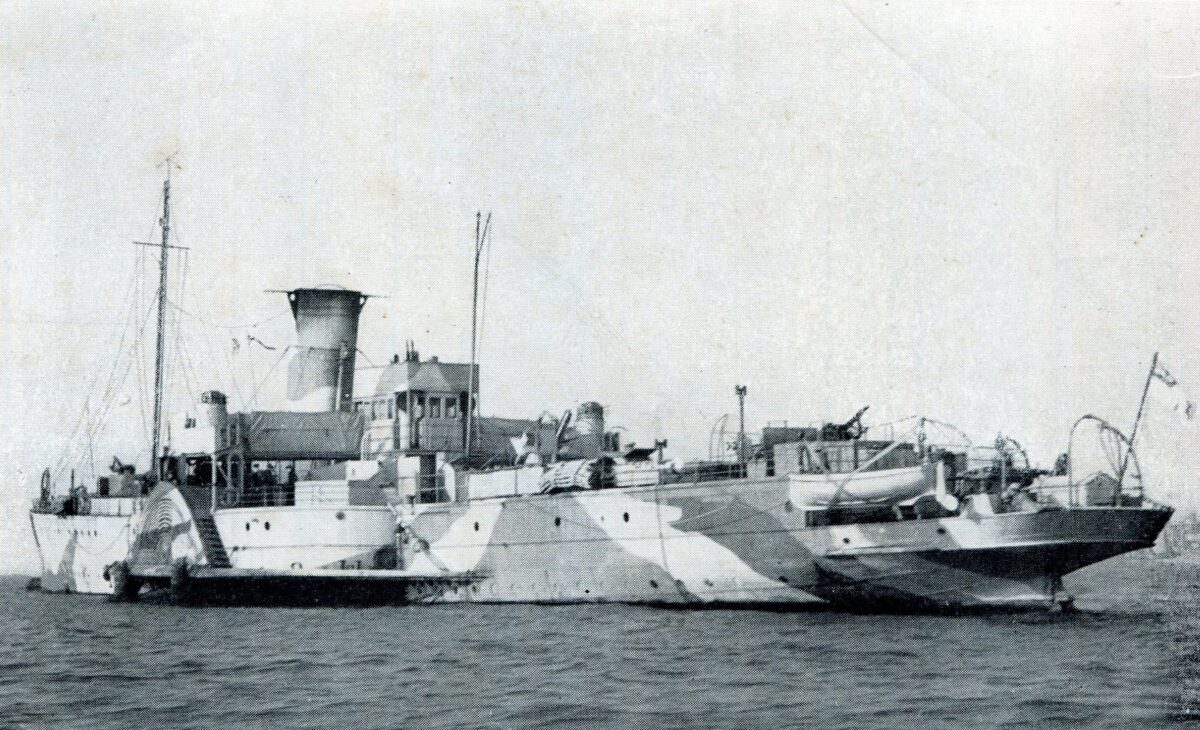
In the Second World War she became an Auxiliary Anti-Aircraft ship. After that she was back on the Thames resuming her old civilian guise until withdrawn in 1949 after the introduction into service of the new motor ships Queen of the Channel and Royal Sovereign. She was scrapped at Grays in Essex in 1951.
Kingswear Castle returned to service in 2023 after the first part of a major rebuild which is designed to set her up for the next 25 years running on the River Dart. The Paddle Steamer Kingswear Castle Trust is now fund raising for the second phase of the rebuild. You can read more about the rebuilds and how you can help if you can here.
John Megoran
This article was first published on 13th March 2021.

